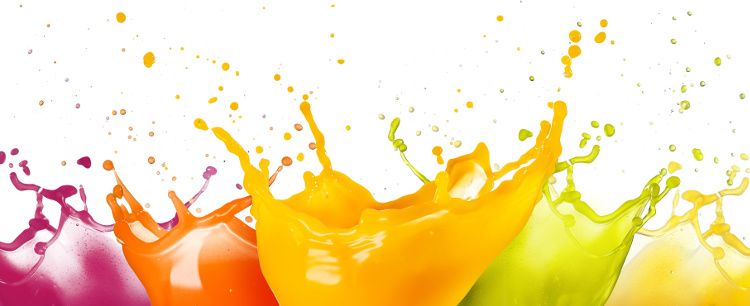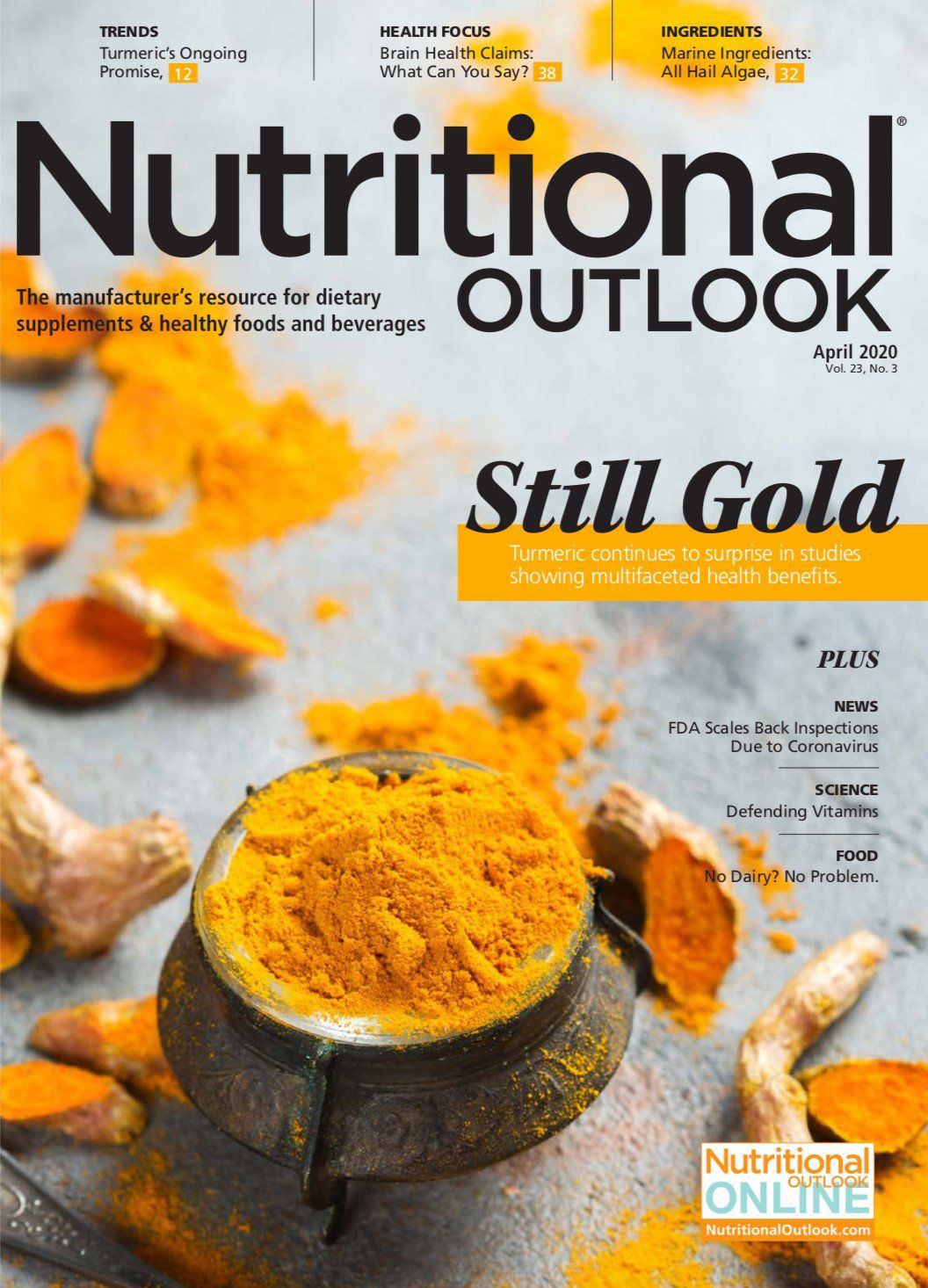6 Sports drink trends to watch
eSports, powders, “superdrinks,” and more are driving sports drink development.
Photo © popout - stock.adobe.com

The sports drinks category continues to grow and evolve, with brands investing in the research and development of healthier products with functional ingredients. Data from Mordor Intelligence indicates that the global sports drink market will grow at a 4.5% CAGR through 2024. While North America will be the largest market for sports drinks during the forecast period, Asia Pacific is expected to be the fastest-growing market.1 Here are some of the latest trends driving growth and innovation in the sports drinks market.
Esports Drinks Go Smart
Jim Tonkin, founder and president of Healthy Brand Builders (Scottsdale, AZ), says Esports drinks are now adopting smarter ingredients with functional properties. Says Tonkin: “The gamer space is a burgeoning part of the young adult market, especially Millennials and Generation Z in the 15-to-30 age range. A big part of that space is brain-health ingredients. These ingredients, whether pharmacological or supplement, are finding their way into ingredient profiles for sports drinks.”
Several brands are creating cognitive performance drinks for Esports, with companies like Engage (Utrecht, The Netherlands) and Nau Drinks (Gothenburg, Sweden) producing functional beverages aimed at professional gamers. Nau’s first product, called Snse, incorporates brain-boosting ingredients like lemon balm, sage, and L-theanine. Engage has taken a similar approach, using naturally sourced ingredients like Ginkgo biloba and maca root.
Market researchers expect the gaming market to keep growing. The professional competitive video gaming industry generates over USD $1 billion in annual global revenue, and Esports now has a larger global audience than football and rugby combined.2 Professional gamers are often looking for every edge they can get, given the amount of tournament money at stake. For instance, in 2019, professional StarCraft player Park Ryung-woo won USD $210,000 for finishing in first place at the StarCraft II World Championship Series.3 As Esports’ growing popularity attracts more sponsors and bigger prize pots, demand for Esports drinks will increase.
Powders, Fortified Rehydration on the Rise
Tonkin says that one of the emerging niche markets in sports drinks is fortified rehydration. These beverages, Tonkin says, are commonly found in gyms and other fitness facilities, and are marketed as post-workout recovery drinks. Tonkin cites the example of the branded Resqwater drink by Intelligent Beverages (Scottsdale, AZ).
“Resqwater is made with L-theanine and other bioactives that are good for brain health,” Tonkin says. “It’s considered a sports-oriented rehydration drink, and I think a lot of people are also using it as a hangover remedy. It’s very common for these brands to position clean, electrolyte-fortified waters as rehydration sports drinks.”
Rehydration beverages are even coming in the form of powders, Tonkin notes, with powdered products like Liquid I.V. (El Segundo, CA) and SOS Hydration (San Francisco, CA) hitting store shelves. These electrolyte mixes are just one example of a growing trend toward a preference for powdered products.
“Sports nutrition is no longer just RTD,” Tonkin says. “People are using the sports nutrition overhang to put powders in stick packs and tubs. There are even better-for-you energy products being put in powders. There’s a lot of activity around powders right now.”
Hybrid Beverages Gain Shelf Space
Rather than use multiple beverages for different functions, consumers are showing a strong preference for so-called “superdrinks”-all-in-one products with multiple functional claims. Holly McHugh, marketing associate for Imbibe (Niles, IL), says that brands are creating a wide array of superdrinks for various applications.
“Some of the especially prevalent beverages are energy drinks enhanced with creatine, BCAA, or electrolytes,” McHugh says. “Brands are also innovating by combining protein with ingredients like veggie blends, coconut water, and caffeine.”
McHugh says these beverages are commonly coming in the form of ready-to-drink shots, particularly those that contain amino acids, caffeine, or B vitamins. Typically, she says, ingredients tend to orient around functional claims related to power and performance, recovery, or focus. “Nootropics are trending, as are creatine and free-form amino acids,” she says. “MCT oil is another emerging ingredient popular with active consumers, especially those on the keto diet.”
Brands Target Women and Millennials
Sports drink brands are continuing to release products specifically aimed at women and Millennials, two of the fastest-growing sports product markets. Maxine Weber, global director of marketing for health and wellness at Ashland (Wilmington, DE), says the rising influence of these two markets is going to dictate marketing and formulation trends.
“The number of women involved in sports has increased significantly in the last few years,” Weber says, “and I would anticipate that we’ll continue to see products that target women. Millennials will also be a target for sports drinks. Millennials are eco-conscious variety seekers, so look for new flavors, added sensory experiences, and more products with natural claims.”
Weber says that a growing challenge for sports drink brands to navigate is the emergence of the “everyday athlete.” The consumer base for sports products is expanding, which will require brands to change how they communicate. “Brand owners will have to talk about their products in a way that clearly communicates their relevance to this broader base of consumers,” Weber notes. “This might mean providing additional explanations of the benefits of certain ingredients, or using entirely different language to appeal to consumers’ needs.”
Clean Labels, Natural Ingredient Claims
Natural ingredients and clean-label formulations are still at the top of sports consumers’ minds. While these terms don’t have a universally accepted or standardized meaning, McHugh says they are quickly becoming some of the most popular marketing claims in sports drinks.
“Many brands are formulating or reformulating to meet clean-label standards of ‘natural’, which can differ depending on the brand and the consumer,” McHugh explains. “Last year at Expo West, many brands were referring to their products as ‘clean protein,’ ‘clean performance,’ or ‘clean energy.’”
Furthermore, the push toward low-sugar drinks has continued. While sucralose is a common ingredient in sports nutrition products, McHugh says that brands are now making the switch toward natural sweeteners like monk fruit. “Linger and bitterness can pose challenges with these sweeteners,” McHugh says. “But advances in stevia technology and flavor development make it possible to have a great-tasting, low-calorie product.”
Niche Producers Challenge Big Brands’ Market Space
The market outlook for sports drinks appears strong, especially for smaller companies that offer niche products with “better for you” functional claims. The sports beverages space is becoming highly competitive, with plenty of opportunities for smart brands. Citing the example of Bodyarmor (Queens, NY), Tonkin says that the biggest challenges going forward will be for established brands.
“Established brands will have to defend their market share,” Tonkin says. “A lot of new products are going after their consumer. Bodyarmor is probably the fastest-growing brand in the space, and they’re the biggest player in terms of functional ingredients. If you look at their ingredient list, you can tell that they’re throwing the kitchen sink at their competitors.”
As sports drinks usage grows, sophisticated consumers will demand better functionality and healthier ingredients from brands. The greatest opportunity will be for companies that can create the most functional benefit while maintaining the cleanest label.

Prinova acquires Aplinova to further increase its footprint in Latin America
April 7th 2025Prinova has recently announced the acquisition of Brazilian ingredients distributor Aplinova, which is a provider of specialty ingredients for a range of market segments that include food, beverage, supplements, and personal care.

























